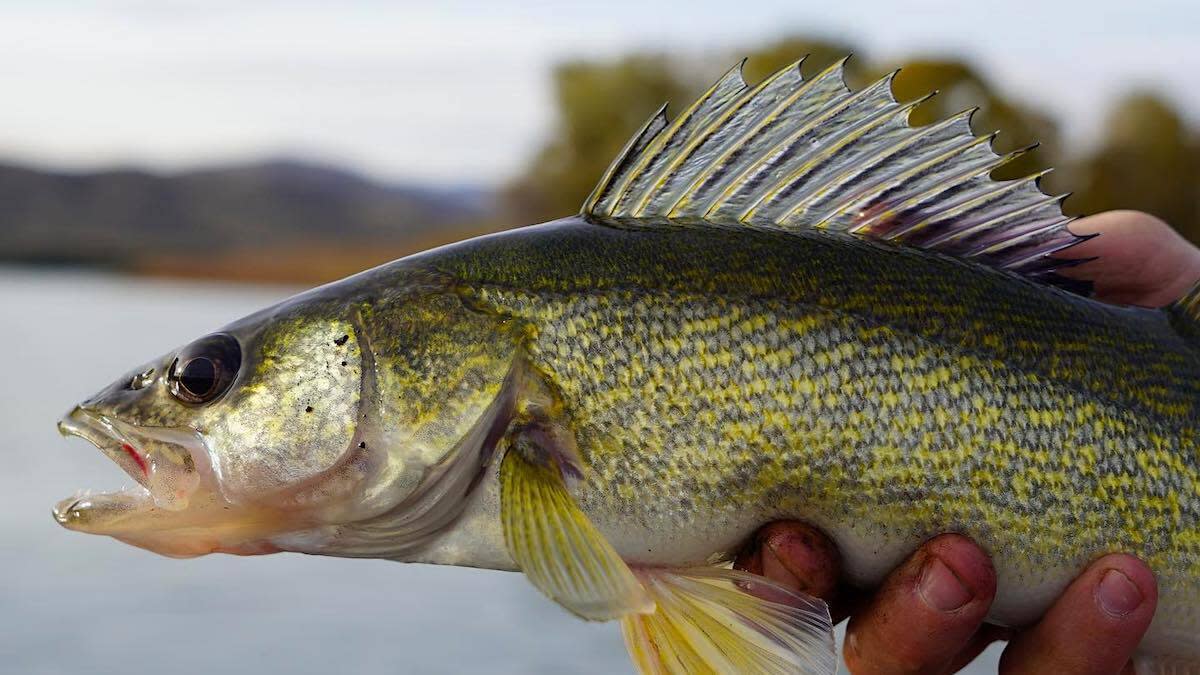
As the days grow short and the first frosts of the season sparkle gently in the early morning sun, we’re all faced with that all-important task of filling the freezer. For many of us this means pulling out the heavy gear to ply the rivers for autumn runs of giant trout and salmon or putting the fishing gear away and getting the deer rifle out of the gun cabinet. Yet many of us are missing out on an underutilized angling and meat gathering opportunity hidden beneath the large, slow-flowing rivers reflecting the bright prismatic foliage of autumn around us—fall walleye runs.
River fishing for walleye is generally thought of as a spring activity, when anglers capitalize on the abundance of heavily feeding fish available during their spring spawning runs. However, as the water temperatures drop, having endured a long summer of bright sun and warm water, walleye begin to move upstream once again. They position themselves in deep holes, along gravel bars, and at the bases of dams, feeding aggressively in preparation for a long winter to come. This gives anglers the perfect chance to gather a nice stack of fillets before the big freeze using just a few simple techniques.
How to Find Fall Walleye As the fish move upstream, they’ll stack up and feed in and around the deep holes that they will eventually live in during the winter. Finding these holes is vital and the best way to do that is to do a bit of pre-season or at least pre-fishing scouting. Start by looking over some contour maps of the section of river you’re hunting or use a phone app like onX maps to look over deeper, slower sections of river. Look for big color changes that reflect deeper water along the banks or in the center of the river. Take special note of the deeper water along gravel or sand bars and around back eddies. These are places that hungry fall walleye will concentrate to feed.
Once you’ve found a few likely spots, plan your approach. Fall river walleye tend to be moody, shifting from the head, tailout, and edges of the hole depending on their temperament. So, if you’re fishing from shore, you want to note easy stretches of water that you can fish through quickly until you find active fish. If you’re fishing from a boat, you’ll want to stick to spots that are safe and easy to maneuver, where you can cover the entire hole or run.
How to Catch Fall Walleye from Shore Fishing from shore is my favorite river walleye-gathering method. It’s easy to do, can be extremely productive, and where legal, allows an angler to fish multiple rods at once. While it can be a game of patience, shore fishing with the right technique will often leave you scrambling up and down the bank, reeling in fat walleye until your arms feel like you spent the afternoon doing curls in the gym.
Bait is the easiest and most effective way to catch a lot of big walleye, fast. Baitfish like gold shiners, fatheads, or even small suckers will work well and you can never go wrong in walleye fishing using a fat leech or a nightcrawler.
Fall walleye can be aggressive fish, so I prefer to add a little extra attractant when I’m setting up my bait rigs. Using hooks with small, fluorescent or metallic spinner blades attached will add a little bit of extra movement and attraction to your rig that can call walleye in from a distance. Rig your baits with a large, heavy egg sinker or several split shot 12 to 18 inches up the line from the hook. Stick a baitfish through the nose, leeches through the head, and nightcrawlers fully threaded onto the shank of the hook. Cast your bait out into the river around the fringes of the hole or in the head or tail of the pool. If you’re allowed to use multiple rigs, be sure to cast them in different sections of the hole to locate the active fish. Reel in your extra slack until the line is tight, set the rod in a holder or forked stick, then have a seat and wait for a walleye to strike.
Fishing with lures can also work extremely well from shore. I prefer to use large, brightly colored lures that have a lot of action and will get to the optimum depth quickly, giving your lure the longest time in the strike zone. Large crankbaits such as the Rapala Shad Rap and the X-Rap Magnum work extremely well for fall walleye. You can never go wrong with a classic spoon or bucktail spinner like a Cabela’s Canadian or a Nitro Spin. Cast your lure slightly upstream of a likely spot in the river. Retrieve the lure at a leisurely pace, letting it swing down and across the current. Strikes will usually come as a gentle tap followed by a hard grab, so be ready to set the hook as soon as you feel the weight of the fish—but not before.
How to Catch Walleye from a Boat Fishing from a boat for fall river walleye is a lot different than chasing them in open water in the spring or summer. You’re not making long, open-water trolls in search of roving schools of fish, nor are you using electronics to locate and jig to pods of suspended walleye holding just above the bottom. Rather, it’s about making concise and controlled trolls along the edges of deep holes, using the flow of the river to your advantage.
The most popular and probably productive technique for catching fall river walleye from a boat is by jigging with the current. This method consists of positioning your boat upstream of walleye holding water and then passing over the top of them, dropping jigs on a controlled drift. While it sounds simple, this method requires a lot of boat control. It’s vital that the boat be drifting at the same pace as the current and that the drift be executed precisely above the fish. This is best performed with either a trolling motor or someone who’s good with a set of oars.
When jigging in a river, it’s vital that your lines remain vertical, bouncing up and down from the bottom as opposed to drifting downstream haphazardly with the current. You want to be sure your jig is heavy enough so that you’re not at the mercy of the flow. All your favorite walleye jigs will work for river fish, but they work better if they’re tipped with a live minnow or some type of flavored soft-plastic such as a Gulp Minnow or a curly-tail grub. If you’re feeling bold, use both.
Another deadly technique for fall walleye fishing in big, slow rivers is trolling upriver. This is best done along sections of river that have a lot of long, smooth flats and gravel bars adjacent to deeper water that walleye will move up on to feed. Position the boat downstream of these areas and then slowly troll upstream, holding the boat along the edges of the drop-off. Crankbaits such as the Reef Runner or the Wally Diver are great options for this technique but it will also work extremely well with a worm harness baited with a nightcrawler. Troll slowly and methodically and at different depths until you find a stretch of water that produces.
Finally, if you find a pocket of active fish, it may pay to just anchor up adjacent to them. From a set position, you can cast bait or jigs upstream of the pod and drift it down through them. You can also rig your presentation under a bobber or slip float to keep it off a snaggy bottom. You can often stay right there until you hit your limit or the fish stop biting.
Finding the Fall Bite Perhaps the most difficult aspect about fall walleye fishing on a big expansive river is finding the fish. Unlike in spring when the walleye will be moving upstream in large schools to spawn, fall walleye trickle upstream in smaller groups, constantly roving around and looking for food. Catching them means covering a lot of water and being creative. So, fish shallow and fish deep. Do what you can because once you catch one walleye in the river, you’ll find others. Even if you don’t, there’s no better or more beautiful way to spend an autumn day than running the rivers in search of fat fall walleye.

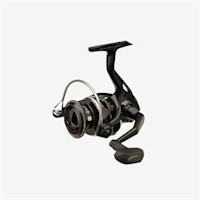
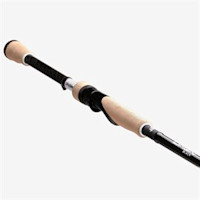
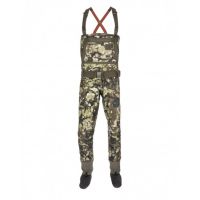
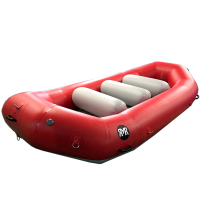




Conversation